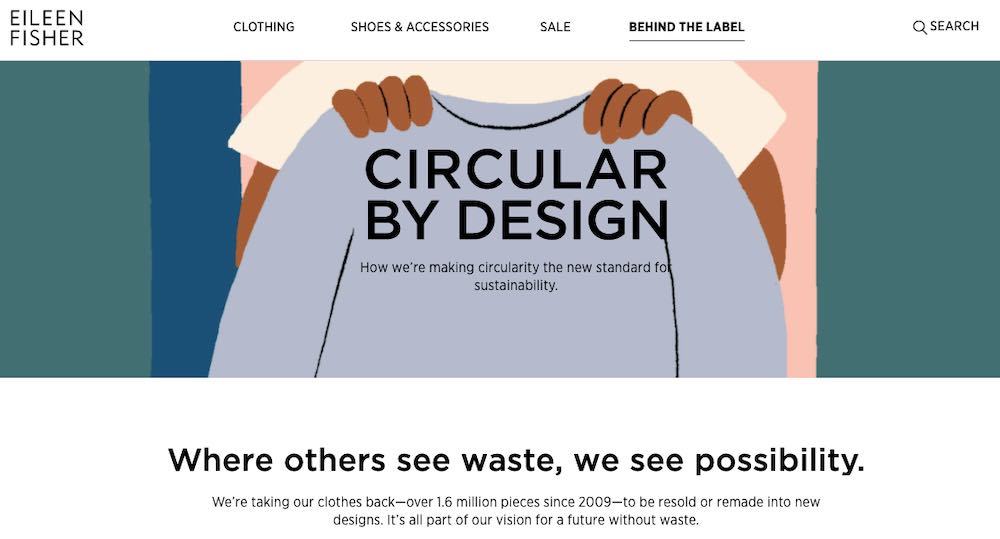Luxury fashion has long been subject to accusations of cruelty, thoughtlessness, and other inhumane practices. The industry has been exposed to criticism for its practices, including the killing of animals for fur wear and burning of unsold goods rather than donating them.
According to Statista, the global apparel market is enormous and will grow from $1.5 trillion in 2021 up to $2.3 trillion by 2025.
The Problem
Apparel is one the most harmful industries for the environment. It is a water hog. According to the World Resources Institute about 20% of industrial water pollution can be attributed to clothing manufacturing. The apparel industry uses 5 trillion Liters (1.3 trillion Gallons) of water per year to dye its fabric. Levi’s says it uses roughly 1,000 gallons of water to make one pair of jeans.
According to the World Bank, 10% of global carbon emissions are caused by apparel manufacturing. This figure will increase to approximately 50% by 2030 if current practices are continued.
According to the Ellen MacArthur Foundation 80% of clothing fiber ends up in landfills or incinerators. China is the largest global clothing manufacturer. Its coal-burning textile factories produce approximately 3 billion tons of soot annually. This is a significant contributor to air pollution.
Fashion brands claim they are avoiding wasteful and unsustainable practices at a time when sustainability is becoming more important to consumers. Some of these claims are just hype. “Greenwashing” is a marketing strategy that brands use to portray themselves as environmentally conscious. It is however difficult to verify such claims without global standards.

Apparel is one industry that can be the most harmful to the environment. Eileen Fisher is one example of a brand that focuses on repurposing and reselling old items.
Setting standards
There are signs that there is progress. A new bill in New York would require corporations comply with the sustainable investing agenda called ESG social, environmental, and governance. Known as the “Fashion Act,” the proposed law takes a radical approach to accountability. It would apply to global footwear and apparel companies with more than $100m in revenue who do business in New York.
The law would require retailers and manufacturers alike to list and track at least half of their supply chain, from raw material producers through retail stores. Subject companies must publish an annual “social and environmental sustainability report” that includes all policies, processes, and activities that identify and mitigate potential environmental and social impacts.
One unique aspect of the proposed law is the possibility that both the New York Attorney General and citizens through a citizen suit could challenge any company deemed non-compliant. Violators could be fined up 2% of their annual revenue above $450 million.
The Fashion Act would be the world’s first law to focus on sustainability practices in the fashion industry.
Ethical Fashion
A movement called “ethical fashion” aims to reduce harm to people and the environment from apparel production and distribution. It’s a broad and vague concept.
Eileen Fisher, Christian Dior, Nike and Adidas are just a few of the major brands that have committed to ethical fashion.
The global ethical fashion market is estimated at $5.8 billion in 2021 and expected to reach $8.3 billion in 2025, according to the “Ethical Fashion Global Market Report 2021” from publisher Research and Markets.
Fast Fashion
“Fast fashion” refers to the practice of producing high volumes of inexpensive clothing with rapid inventory turnover. It allows consumers the ability to change their wardrobes regularly to keep up with fashion trends. However, it is more damaging to the environment than traditional clothing operations. It is the antithesis ethical fashion.
H&M and Zara are just three of the most well-known fast-fashion brands.
First Insight, a predictive analytics company, surveyed customers in 2019 and found that sustainability in apparel is a rising priority. The survey found:
- Generation Z shoppers, roughly between 10 and 25, prefer to purchase sustainable brands.
- Generation Z and Millennials (mid-20s and early 40s) are the most likely to base their purchase decisions on values and principles.
- Recommerce (selling of used goods) is a popular trend across all generations. Generation Z and Millennials tend to be more inclined to purchase upcycled or repurposed items.
The rise of Generation Z and Millennial buyers means that apparel brands are more concerned about the environment.

